Table of content
- Pork and Cabbage: The Timeless Duo
- Beef and Cabbage: A Heartier Option
- Lamb and Cabbage: A Nod to Central Asia
- Tofu and Cabbage: A Protein-Packed Pairing
- Mushroom and Cabbage: Umami-Rich Perfection
- Egg and Cabbage: A Simple Yet Satisfying Choice
- Shrimp and Cabbage: A Delicate Balance
- Fish and Cabbage: Flaky and Fresh
- Kimchi and Cabbage: A Spicy Korean Fusion
- Cheese and Cabbage: A Western Surprise
- Chicken and Cabbage with Curry Powder
Cabbage, a humble yet ubiquitous vegetable, has long been a cornerstone of global cuisine. Its crisp texture, mild flavor, and ability to absorb surrounding tastes make it an ideal candidate for a myriad of dishes. One of the most beloved applications of cabbage is within the soft, steamed embrace of baozi—a Chinese staple that transcends borders and cultures. These fluffy, doughy pockets of joy can be filled with an astonishing array of ingredients, but cabbage-based mixtures hold a special place in the hearts (and stomachs) of many. This article delves into the creative possibilities of cabbage in baozi fillings, from traditional combinations to modern twists, showcasing how this unassuming vegetable can elevate a simple dish into a culinary masterpiece.
The Humble Cabbage: A Culinary Chameleon
Cabbage’s popularity in baozi fillings is no accident. Its high water content ensures juicy, tender results when steamed, while its subtle sweetness complements both meat and vegetarian ingredients. Unlike stronger-flavored vegetables like spinach or kale, cabbage acts as a blank canvas, allowing spices, herbs, and proteins to shine. Additionally, cabbage is affordable, widely available, and retains its structure during cooking, preventing fillings from becoming soggy. These qualities make it a go-to choice for home cooks and professional chefs alike.
Classic Pairings: Meat and Cabbage
Pork and Cabbage: The Timeless Duo
The most iconic baozi filling combines ground pork with shredded cabbage. This pairing is beloved for its balance of savory and slightly sweet flavors. The pork’s richness is tempered by the cabbage’s freshness, while garlic, ginger, and soy sauce add depth. To prepare, cabbage is finely shredded, salted to draw out excess moisture, and mixed with seasoned pork. The result? A filling that is both cohesive and aromatic, with the cabbage’s crunch providing a delightful contrast to the tender dough.
Beef and Cabbage: A Heartier Option
For those seeking a robust alternative, beef and cabbage fillings offer a bold flavor profile. Ground beef, often seasoned with cumin, black pepper, and a touch of chili, pairs wonderfully with cabbage’s mild sweetness. This combination is particularly popular in northern China, where colder climates inspire heartier meals. The cabbage here serves a dual purpose: it adds moisture to the often-leaner beef and prevents the filling from becoming dry during steaming.
Lamb and Cabbage: A Nod to Central Asia
In regions influenced by Central Asian cuisine, lamb and cabbage baozi are a delicacy. Lamb’s distinctive gamey flavor is mellowed by cabbage’s freshness, while coriander and caraway seeds add an earthy note. This filling is often spicier than its pork or beef counterparts, reflecting the culinary traditions of Xinjiang and neighboring areas.

Vegetarian and Vegan Delights
Cabbage’s versatility extends seamlessly to meat-free fillings, catering to vegetarians, vegans, and those seeking lighter options.
Tofu and Cabbage: A Protein-Packed Pairing
Crumbled tofu, marinated in soy sauce, sesame oil, and rice vinegar, forms the base of this filling. Shredded cabbage adds bulk and texture, while wood ear mushrooms or shredded carrots introduce chewiness. This mixture is often seasoned with Sichuan peppercorns or chili oil for a hint of heat, creating a filling that is both satisfying and nutritious.
Mushroom and Cabbage: Umami-Rich Perfection
Mushrooms—such as shiitake, oyster, or enoki—bring umami to the forefront when paired with cabbage. Sautéed until golden, the mushrooms release their earthy flavors, which meld beautifully with the cabbage’s sweetness. A splash of Shaoxing wine and a sprinkle of white pepper elevate this filling, making it a favorite among plant-based eaters.
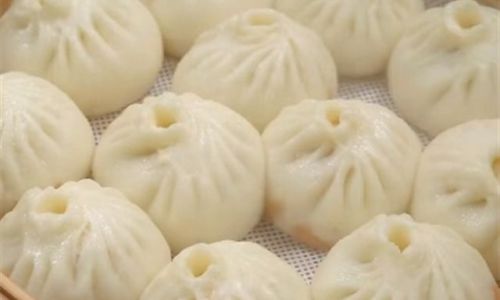
Egg and Cabbage: A Simple Yet Satisfying Choice
For a minimalist approach, scrambled eggs and cabbage offer a light, fluffy filling. Finely chopped cabbage is stir-fried with eggs, garlic, and a dash of fish sauce (or vegetarian alternative), resulting in a mixture that is both comforting and quick to prepare. This option is ideal for breakfast baozi or as a snack.
Seafood Sensations
Coastal regions often incorporate seafood into baozi fillings, with cabbage acting as a bridge between land and sea.
Shrimp and Cabbage: A Delicate Balance
Minced shrimp, combined with shredded cabbage and bamboo shoots, creates a filling that is both sweet and crunchy. A touch of oyster sauce and ginger enhances the shrimp’s brininess, while the cabbage adds a refreshing contrast. These baozi are often served with a dipping sauce of black vinegar and chili oil.
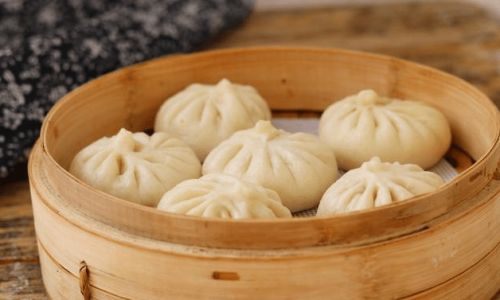
Fish and Cabbage: Flaky and Fresh
Flaky white fish, such as cod or tilapia, is mixed with cabbage, cilantro, and lime zest for a bright, coastal flavor. The cabbage’s crispness complements the fish’s delicate texture, while a pinch of turmeric or lemongrass adds a tropical twist. This filling is a testament to cabbage’s ability to adapt to diverse culinary influences.
Fusion Flavors: Modern Twists on Tradition
As baozi gains popularity worldwide, chefs are experimenting with unconventional fillings that push the boundaries of tradition.
Kimchi and Cabbage: A Spicy Korean Fusion
Inspired by Korean cuisine, this filling combines fermented kimchi with fresh cabbage, pork belly, and gochujang. The result is a fiery, tangy mixture that balances umami and spice. The cabbage here serves double duty: fresh shreds add moisture, while kimchi contributes a fermented depth.
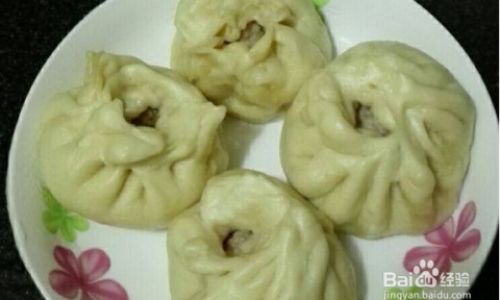
Cheese and Cabbage: A Western Surprise
In a bold fusion move, some bakers are stuffing baozi with cheddar, mozzarella, or even blue cheese, alongside sautéed cabbage and caramelized onions. The cabbage’s sweetness cuts through the cheese’s richness, creating a decadent, gooey filling. This variation appeals to those craving a comfort-food twist on tradition.
Chicken and Cabbage with Curry Powder
For an Indian-inspired filling, shredded chicken is marinated in yogurt, turmeric, and garam masala, then mixed with cabbage and peas. The cabbage’s crunch provides texture, while the curry spices infuse the filling with warmth and complexity.
Regional Variations Across Asia
Cabbage’s role in baozi fillings varies by region, reflecting local tastes and ingredients.
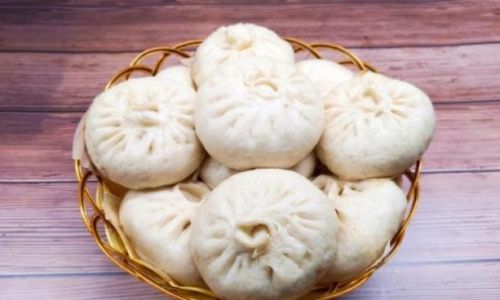
- Japan: In niku-man (meat buns), cabbage is often omitted in favor of a purer pork flavor. However, some modern variations include cabbage for added juiciness.
- Korea: Chapssal-baozi (sticky rice buns) sometimes feature cabbage with spicy pork or kimchi, showcasing the vegetable’s adaptability.
- Vietnam: Bánh bao often incorporates cabbage with seasoned ground pork, quail eggs, and Chinese sausage, highlighting the country’s culinary fusion.
Tips for Perfect Cabbage Preparation
- Salting: To prevent sogginess, sprinkle shredded cabbage with salt, let it sit for 15 minutes, then squeeze out excess moisture.
- Seasoning: Toss cabbage with a pinch of sugar to enhance its natural sweetness before mixing with other ingredients.
- Texture: For added crunch, reserve a handful of raw cabbage to stir into the filling just before wrapping.
- Flavor Pairings: Experiment with aromatics like garlic chives, cilantro, or dill to elevate the filling’s complexity.
Conclusion: The Endless Possibilities of Cabbage
Cabbage’s genius lies in its simplicity. Whether nestled beside spiced pork, mingling with mushrooms, or dancing with cheese, this unassuming vegetable transforms baozi into a canvas for culinary creativity. From bustling night markets in Beijing to trendy fusion eateries in New York, cabbage-filled baozi continue to delight, proving that tradition and innovation can coexist—one steamed bun at a time. So next time you crave a baozi, consider the cabbage: humble, adaptable, and ready to surprise.



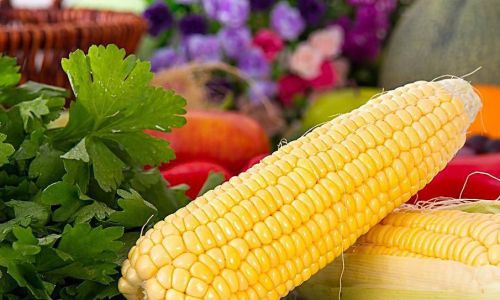


0 comments